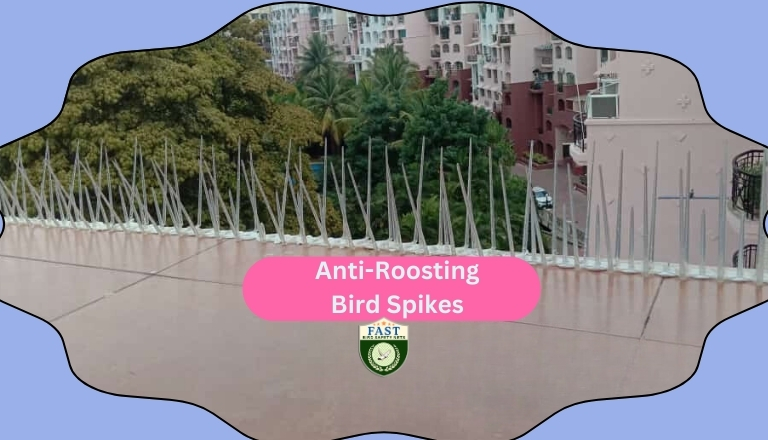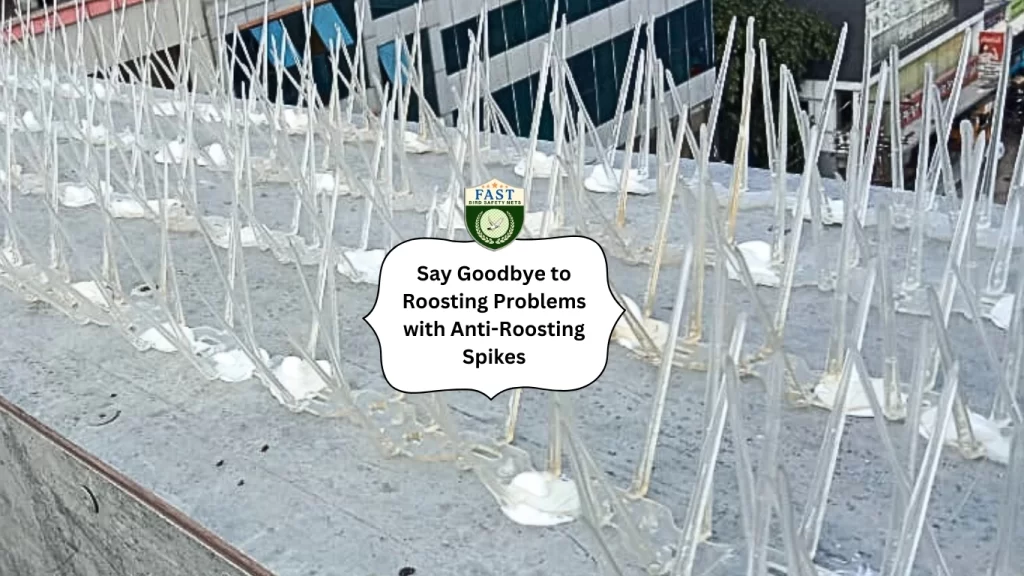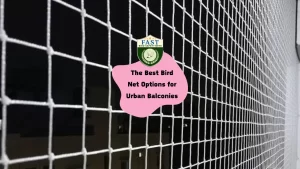Birds roosting on buildings and structures can create significant nuisance and damage. From unsightly droppings to potential health hazards, the presence of birds can be troublesome for property owners. Anti-roosting spikes offer an effective and humane solution to deter birds from roosting on ledges, rooftops, and other surfaces. In this comprehensive guide, we’ll explore the functionality, benefits, and considerations of pigeon spikes, helping you to effectively manage bird-related issues on your property.
Understanding the Need for Anti-Roosting Spikes
Roosting birds, such as pigeons and seagulls, can cause a range of problems for property owners:
Droppings: Bird droppings not only create unsightly messes but also contain acids that can damage surfaces and corrode materials over time.
Health Hazards: Bird droppings can harbor bacteria, fungi, and parasites that pose health risks to humans, including respiratory issues and diseases.
Structural Damage: Birds may build nests in gutters, vents, and other areas, leading to clogs and potential damage to building structures.
Noise Disturbance: The sounds of birds cooing and flapping their wings can disrupt peace and quiet, particularly in urban environments.
How Anti-Roosting Spikes Work
Simple but efficient tools called anti bird spikes are used to prevent birds from landing and roosting on surfaces. Here’s how they work:
Physical Barrier: Bird spikes consist of rows of pointed spikes made from durable materials such as stainless steel or plastic. Birds are discouraged from roosting because these spikes make the surface uncomfortable for them to land on.
Visual Deterrent: The presence of anti-roosting spikes creates a visual deterrent for birds, signaling that the area is inhospitable for roosting.
Humane Solution: Anti Pigeon Spikes are a humane bird control method, as they do not harm birds but simply discourage them from landing on treated surfaces.

Benefits of Anti-Roosting Spikes
- Effective Bird Deterrent: Anti-roosting spikes provide an effective deterrent against roosting birds, preventing them from causing damage and nuisance on your property.
- Low Maintenance: Once installed, they require minimal maintenance, offering long-term bird control without the need for regular upkeep.
- Versatility: You may install spikes on ledges, rooftops, signs, and poles, among other surfaces. This means that you can use them for a lot of different applications.
- Weather Resistance: High-quality pigeon spikes are designed to withstand harsh weather conditions, ensuring durability and effectiveness in outdoor environments.
- Humane Solution: Unlike some bird control methods that involve trapping or harming birds, they provide a humane solution that simply discourages birds from roosting without causing harm.
Considerations for Installing Bird Spikes
Before installing anti-roosting spikes on your property, consider the following factors:
Surface Compatibility: Ensure that the surface where you plan to install the spikes is suitable and compatible with the chosen spike type and size.
Installation Method: Choose the appropriate installation method based on the surface type and location. Anti-roosting spikes can be glued, screwed, or adhered using special adhesive.
Aesthetics: Consider the visual impact of anti bird spikes on your property’s aesthetics. Some spikes are designed to be discreet and blend in with the surroundings.
Local Regulations: Check local regulations and ordinances regarding bird control measures to ensure compliance with any restrictions or requirements.
Professional Installation: For large or complex installations, consider hiring a professional bird control service to ensure proper placement and effectiveness of the anti-roosting spikes.
Maintenance Tips for Anti-Roosting Spikes
To ensure the ongoing effectiveness of pigeon spikes, follow these maintenance tips:
Regular Inspection: Periodically inspect the spikes for damage, wear, or debris accumulation, and make any necessary repairs or adjustments.
Cleaning: Clean the spikes as needed to remove bird droppings, debris, and other contaminants that may compromise their effectiveness.
Replacement: Replace any damaged or worn spikes promptly to maintain optimal bird deterrent capabilities.
Vegetation Management: Keep vegetation trimmed and away from the anti-roosting spikes to prevent birds from using it as a landing or roosting spot.
Monitor Effectiveness: Monitor bird activity on your property to assess the effectiveness of the anti-roosting spikes and make any necessary adjustments or additional installations as needed.
Conclusion
Anti-roosting spikes offer a practical and humane solution to bird-related problems on buildings and structures. By effectively deterring birds from roosting on ledges, rooftops, and other surfaces, anti-roosting spikes help to mitigate damage, health risks, and nuisance caused by roosting birds. With proper installation, maintenance, and consideration of relevant factors, anti-roosting spikes provide a long-term bird control solution that allows property owners to enjoy their spaces without the interference of avian intruders. Say goodbye to roosting problems and invest in anti-roosting spikes to protect your property and preserve its integrity.






